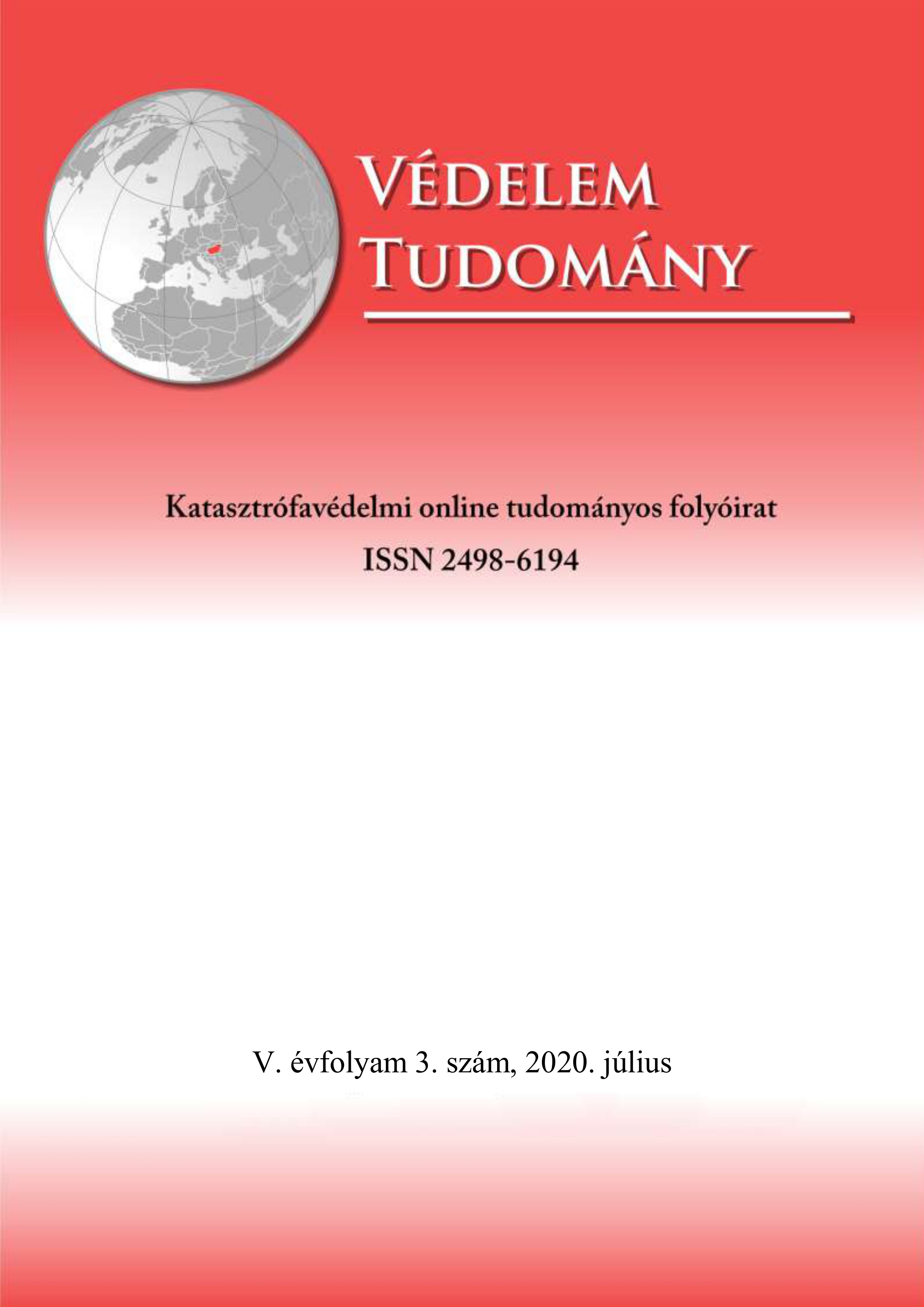Classification of aggregates for fire
Abstract
The quality of the natural stone aggregates change with each shipment and it greatly influences the fire-performance of the concrete. For this reason, it would be advantageous if there would be a classification system for aggregates for fire or fire-related temperatures. The classification of the aggregate itself instead of the concrete could be faster and more economical solution in the long run, it could prevent the need to deconstruct concrete based on 28-day test results in case of an insufficient aggregate. This study aims to provide preliminary measurements and conclusions for such a system based on the Hummel-tests after heat loading with supplementary tests such as scanning electron microscope and derivatograph to better understand the changes of the inner structure. For this study quartz, crushed andesite and crushed limestone were tested. The Hummel tests were evaluated based the changes of the grain size distribution and showed promising results, but further testing is required with more samples to calibrate and to confirm the usability of the method.
References
S. Hachemi and A. Ounis, “Performance of concrete containing crushed brick aggregate exposed to different fire temperatures,” Eur. J. Environ. Civ. Eng., vol. 19, no. 7, pp. 805–824, Aug. 2015, doi: 10.1080/19648189.2014.973535.
X. Yu, Z. Tao, T. Y. Song, and Z. Pan, “Performance of concrete made with steel slag and waste glass,” Constr. Build. Mater., vol. 114, pp. 737–746, Jul. 2016, doi: 10.1016/j.conbuildmat.2016.03.217.
J. R. Correia, J. S. Lima, and J. De Brito, “Post-fire mechanical performance of concrete made with selected plastic waste aggregates,” Cem. Concr. Compos., vol. 53, pp. 187–199, Oct. 2014, doi: 0.1016/j.cemconcomp.2014.07.004.
J. Gales, T. Parker, D. Cree, and M. Green, “Fire Performance of Sustainable Recycled Concrete Aggregates: Mechanical Properties at Elevated Temperatures and Current Research Needs,” Fire Technol., vol. 52, no. 3, pp. 817–845, May 2016, doi: 10.1007/s10694-015-0504-z.
C. J. Zega and A. A. Di Maio, “Recycled concrete made with different natural coarse aggregates exposed to high temperature,” Constr. Build. Mater., vol. 23, no. 5, pp. 2047–2052, May 2009, doi: 10.1016/j.conbuildmat.2008.08.017.
ÚT 2-3.601, Útépítési zúzott kövek és kavicsok, 2009.
MSZ EN 206+A1, Beton. Műszaki követelmények, teljesítőképesség, készítés, megfelelőség. 2017.
MSZ 18287-3, Építési kőanyagok szilárdságvizsgálata próbahalmazon - Hummel vizsgálat. 1983.
A. Biró, V. Hlavička, and É. Lublóy, “Effect of fire-related temperatures on natural stones,” Constr. Build. Mater., vol. 212, pp. 92–101, Jul. 2019, doi: 10.1016/j.conbuildmat.2019.03.333.
K. Kopecskó, “Gőzölés hatása a cement klinkerásványainak kloridion megkötő képességére,” PhD értekezés, 2006.
ISO 834-1, Fire-ressitance tests - Elements of building construction, Part 1: General requirements. 1999.
M. Gálos, Á. Orosz, J. P. Radics, and K. Tamás, “Diszkrét elemes számítógépes módszer a vasúti zúzottkő ágyazat viselkedésének modellezésére,” Sínek világa, vol. 5, pp. 22–28, 2017.
M. Gálos and Á. Orosz, “Ágyazati kőanyagok viselkedésének vizsgálata ismételt terhelés hatására,” Sínek világa, vol. 1, pp. 10–15, 2019.
U. Schneider and C. Lebeda, Baulicher Brandschutz. 2000.




